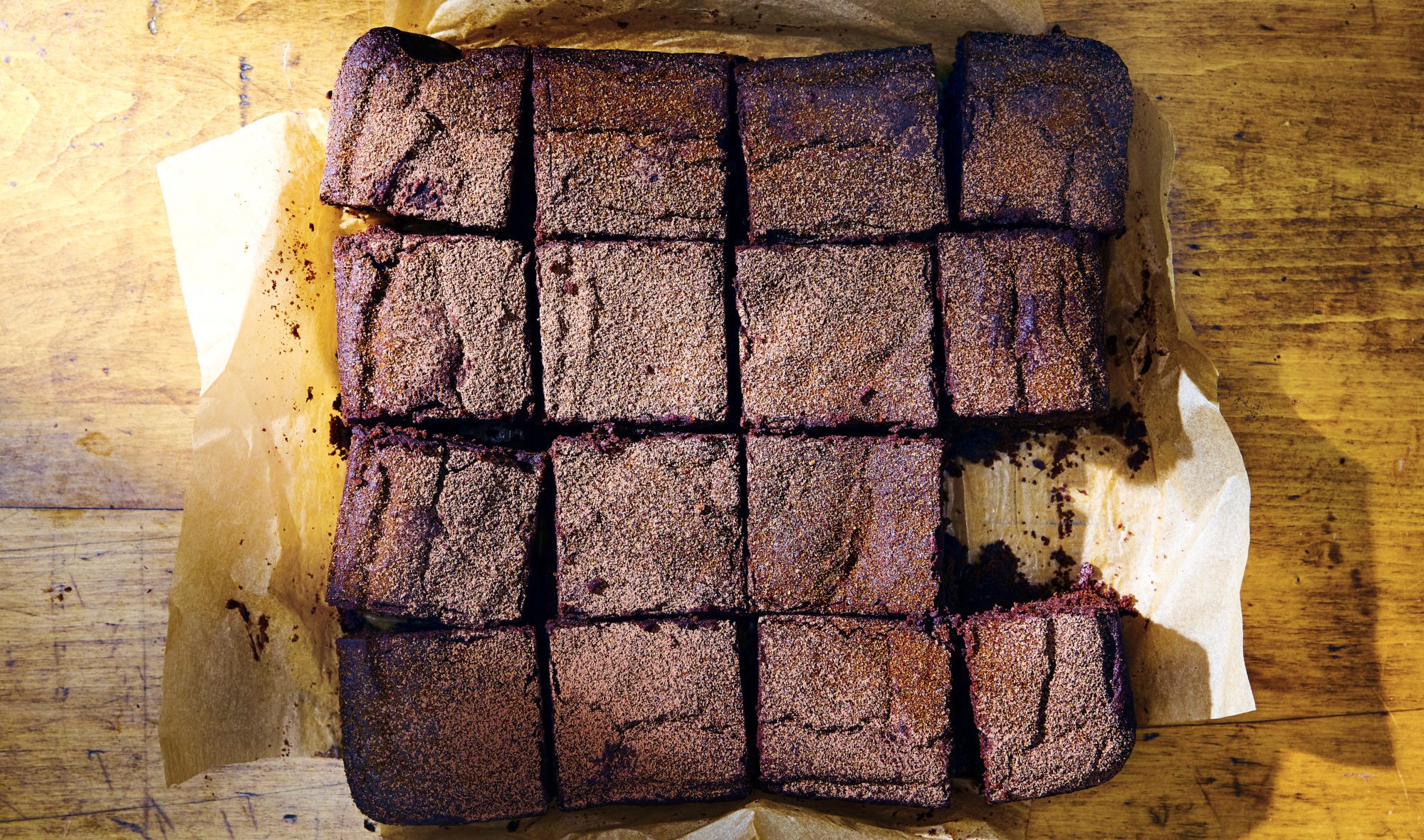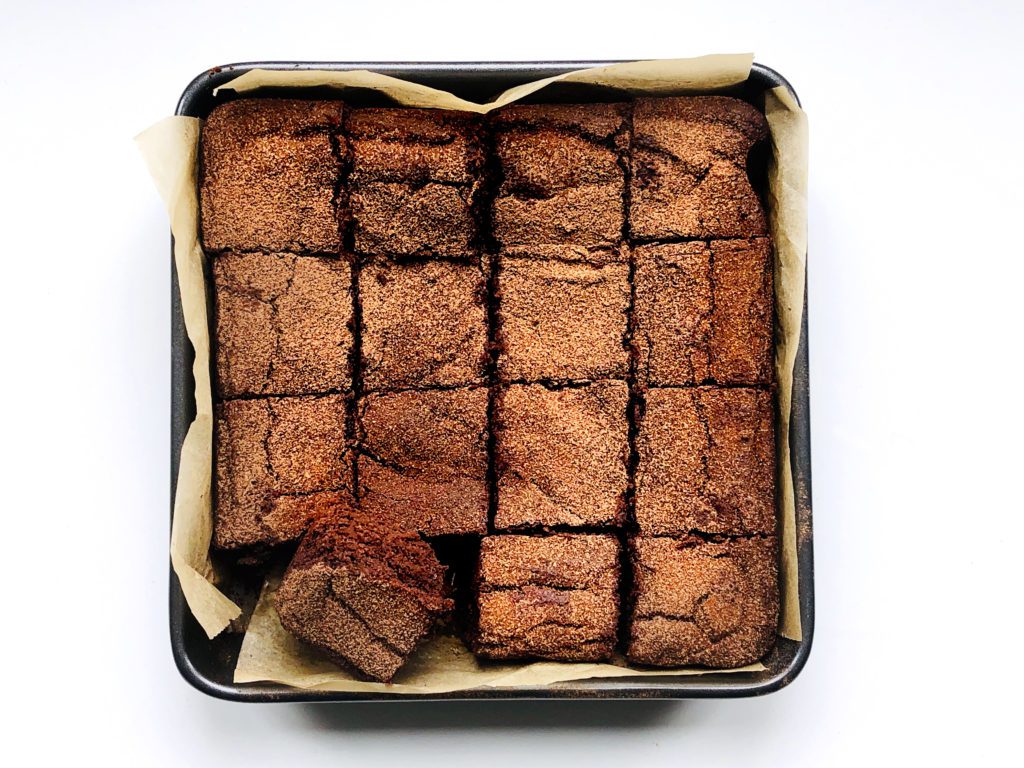
Join PN Level 2 for less than $9 USD/day! Affordable monthly payments now open.

Dates, the chewy, candy-sweet dried fruit many people love can also be turned into a granulated sugar known as date sugar, or into a thick syrup known as date syrup. Popular in Middle Eastern and North African cuisines, date sweeteners offer a sweet, slightly malty, caramel-like flavor and are used in desserts, marinades, or even drizzled over roasted vegetables. Although date sweeteners contain trace amounts of iron, potassium, calcium, and magnesium, they aren’t a significant source of any nutrient other than sugar. Compared to many other sweeteners, date sugar and syrup are relatively unprocessed sugars and retain much of the fiber and nutrients of the original whole food. For this reason, date sweeteners are often called “healthier” sweeteners. However, date-based sweeteners are still very high in sugar and should still only be used in moderation. Yes, the “healthy sweetener” is still a bit of a unicorn. In other words, it doesn’t exist.
Dates, the chewy, candy-sweet dried fruit many people love can also be turned into a granulated sugar known as date sugar, or into a thick syrup known as date syrup.
Compared to many other sweeteners, date sugar and syrup are relatively unprocessed.
To make date sugar, dates are further dehydrated and then pulverized into a powder, yielding a light brown-colored, fiber-rich granulated sugar.
To make date syrup, whole dried dates are boiled and then strained using a cheesecloth. The liquid strained from this process is then simmered, which further reduces the liquid and concentrates the sugars, yielding a dark, thick, sweet syrup.
Date sugar and date syrup are more popular in Middle Eastern and North African cuisines, likely because dates are native to these regions. In these traditional cuisines, date sugar and syrup are added to desserts, roasted vegetables, and marinades.
Because they are relatively unprocessed and retain much of the fiber and nutrients of the original whole food, date sweeteners are often called “healthier” sweeteners. However, date-based sweeteners are still very high in sugar and, like all sweeteners, should only be used in moderation.
Date sugar looks a lot like brown sugar. Like brown sugar, date sugar is light brown in color with a sweet, slightly malty, caramel-like flavor. However, upon close inspection, you will see that while brown sugar is composed of fairly regular, angular crystals, date sugar is composed of fine, irregular, slightly fibrous pieces. Because date sugar is made from whole, granulated dates, it will not dissolve completely in water.
Date syrup (which is sometimes called date honey or date molasses) is a thick, translucent syrup with the color of maple syrup and the thick viscosity of honey. It has a rich, sweet flavor reminiscent of caramel and molasses.
One teaspoon of date sugar has 15 calories, and 3.0g of sugar. One teaspoon of date syrup has 18 calories, and 4.0g of sugar. Although both contain trace amounts of iron, potassium, calcium, and magnesium, neither are a significant source of any nutrient other than sugar.
Date sweeteners are commonly found in health food stores and Middle Eastern grocery stores, but as they become more popular, consumers may also find them in larger, more progressive grocery stores.
Date sugar is usually sold in resealable bags, whereas date syrup (which is sometimes labeled as date honey or date molasses) is often found in jars or squeeze bottles. In both cases, the only ingredient listed on the package should be dates.
Note: Date sugar is sometimes confused with date palm sugar, which comes from the dehydrated sap of sugar palm trees, not dates. Other than reading the label carefully, one way to tell the two apart is that date sugar will not dissolve completely in water, whereas date palm sugar will. Because date sugar is made from whole granulated dates, a small amount of sediment will appear when added to water, which comes from the fiber present in the whole food.
Date sugar and date syrup are both shelf-stable. Store in an airtight container in a cool, dark, dry cupboard. Both date sugar and date syrup have long shelf-lives, but follow the indications on the package to ensure freshness.
Date sugar attracts moisture, so it is especially important to keep it well-sealed to prevent it from clumping.
Date sugar and syrup can be used as sweeteners in all of your favorite recipes, including oatmeal, smoothies, baked goods, and marinades.
Use date sugar wherever brown sugar is called for, for a similar malty-sweet flavor. Use date syrup in place of honey, molasses, or agave nectar for a rich, caramel-like sweetness.

If you're looking for a tasty snack or dessert, look no further. These chickpea brownies sweetened with date syrup and sugar are sure to please. So grab a mixing bowl and whip up a batch! Then grab a fork and enjoy.
Prep Time: 10 minutes Cook Time: 35 minutes Yield: 16 brownies
Preheat the oven to 350 degrees Fahrenheit.
Line a 9-inch by 9-inch baking pan with parchment paper (make sure that the parchment paper comes up and over the sides of the dish so that you have “handles” to pull the finished brownies out of the pan).
Using a food processor, combine all of the ingredients, with the exception of the 2 eggs and the date sugar for dusting. Pulse the ingredients until they begin to come together. Using a rubber spatula, scrape down the sides of the bowl of your food processor and continue to pulse the ingredients together until almost fully liquid and well combined.
Add the two eggs and process for about 1 minute. The result should be a thick, liquid batter. If necessary, scrape down the sides of the processor bowl, and re-process until well combined.
Using a spatula, pour all of the brownie batter into the prepared baking dish, smoothing and evening it out as evenly as possible.
Place the batter into the preheated oven for about 30-35 minutes, or until the top begins to crack and a toothpick inserted into the center of the brownie comes out almost clean. Once ready, remove the baking dish from the oven and allow to cool on a cooling rack for about 10-15 minutes. Next, using a sieve, dust the top of the brownies with the date sugar.
Finally, cut the brownies into squares and serve. Store leftovers in the fridge.
Precision Nutrition’s Encyclopedia of Food expands every single month as we highlight new foods and showcase beautiful food photography. If you’d like to stay up to date, simply click this link. From there, we’ll send you a FREE copy of our recipe book. We’ll also let you know when new and delicious foods are added to the site.
Dates, the chewy, candy-sweet dried fruit many people love can also be turned into a granulated sugar known as date sugar, or into a thick syrup known as date syrup. Popular in Middle Eastern and North African cuisines, date sweeteners offer a sweet, slightly malty, caramel-like flavor and are used in desserts, marinades, or even drizzled over roasted vegetables. Although date sweeteners contain trace amounts of iron, potassium, calcium, and magnesium, they aren’t a significant source of any nutrient other than sugar. Compared to many other sweeteners, date sugar and syrup are relatively unprocessed sugars and retain much of the fiber and nutrients of the original whole food. For this reason, date sweeteners are often called “healthier” sweeteners. However, date-based sweeteners are still very high in sugar and should still only be used in moderation. Yes, the “healthy sweetener” is still a bit of a unicorn. In other words, it doesn’t exist.